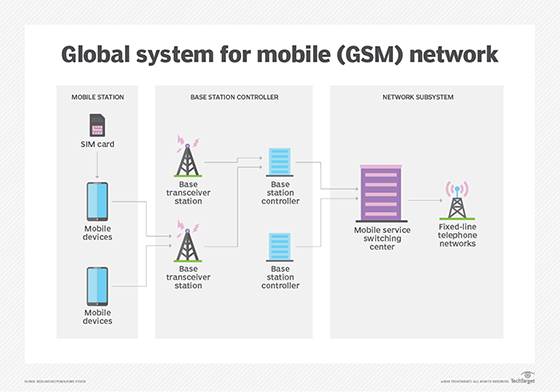What Is GSM in Cellular Networking?

GSM, or Global System for Mobile Communications, is a standard and network technology used primarily in cellular networking. It was first introduced in 1987 and has since been implemented worldwide, becoming one of the most popular cellular network technologies.
So, what is GSM? GSM is a digital cellular network technology that uses a combination of time division multiple access (TDMA) and frequency division multiple access (FDMA) to provide voice and data services to mobile devices. TDMA allows multiple users to share the same frequency channel by dividing the channel into time slots, while FDMA divides the frequency channel into sub-bands allowing more users to simultaneously use the network.
GSM has a number of advantages over other cellular network technologies. For one, it is highly efficient in terms of spectrum usage. This means that it can handle a large number of users without requiring too much radio spectrum. Additionally, GSM also provides a high level of security, thanks to its algorithms for encrypting voice and data transmissions.
Another advantage of GSM is that it is highly interoperable. Devices that use GSM can be used anywhere in the world, as long as they are compatible with the local carriers. This makes it easy for people to travel with their mobile devices and continue using them in different locations.
GSM also paved the way for the development of newer technologies, such as 3G and 4G LTE. These technologies build on the foundation laid by GSM, while also improving on some of its limitations, such as limited data speeds and coverage.
In terms of coverage, GSM networks are typically divided into cells, with each cell consisting of a base station and a set of mobile devices that can communicate with that base station. By dividing the network into cells, the coverage area can be greatly increased while reducing the number of base stations required, making it a more cost-effective solution.
Overall, GSM is a highly effective and reliable cellular network technology that has been used by billions of people over the years. While newer technologies have surpassed it in terms of data speeds and some other features, GSM remains a popular and widely used standard for mobile communication. Its legacy can be seen in the way it paved the way for the development of newer technologies, and it continues to play an important role in the world of mobile communication.






